Life of a Wetsuit
The Life Cycle of a Wetsuit
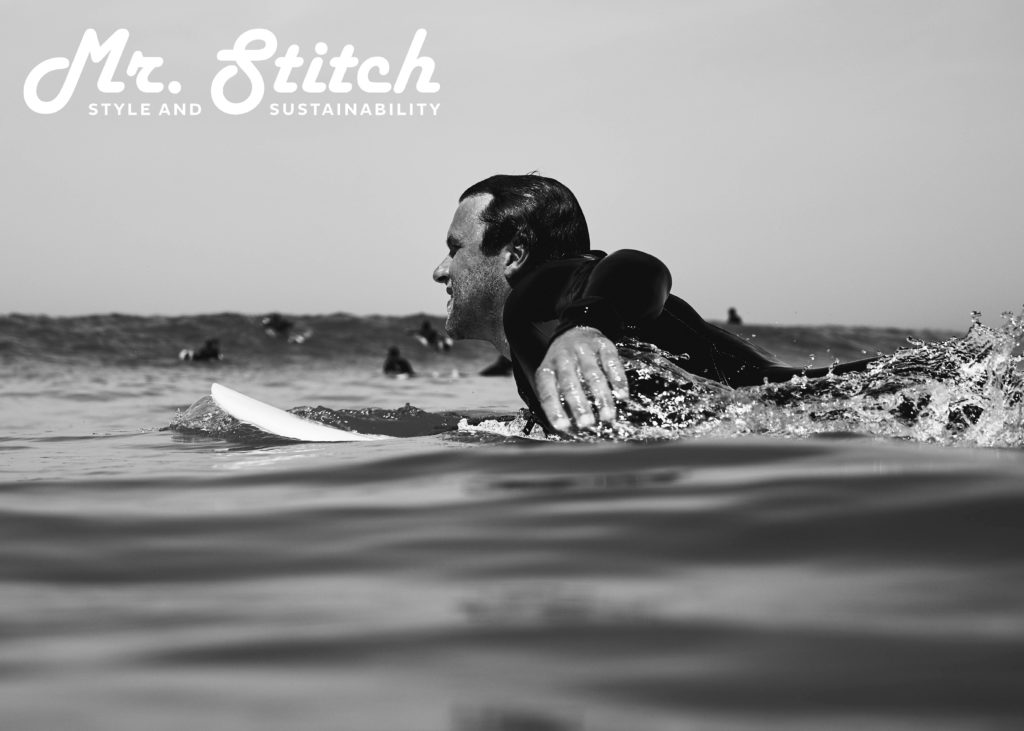
Have you ever thought about the life cycle and environmental impact of your wetsuit? Not just the months or years you use it but what goes in to making it before this time? And what happens to it when you don’t need it any more?
As year-round surfers our little black rubber friend is an essential part of our surf gear. It both keeps us warm in the water and protects us from too much UV radiation. Surfing in Europe, especially in the north and in winter would be almost unthinkable without it. But how are our wetsuits produced and what happens when they are worn out?
What’s in a wetsuit?
Life of a wetsuit: Let’s start from the beginning, the classic wetsuit, worn by probably 99% of surfers is made of polychloroprene, more commonly known neoprene. This amazing flexible, soft and resistant rubber material was invented in the 1930s by Americans Collins and Wallace Hume Carothers of the DuPont corporation.
Then in 1950s California a few different people began to develop neoprene suits for swimming, diving and surfing. These include government physicist Hugh Bradner and also Bob Meistrell who established the Body Glove brand.
However, the true pioneer of early wetsuits is undoubtedly the legendary coldwater surfer Jack O’Neill. He may not have ‘invented’ the wetsuit as such but did more than anyone else at the time to develop and market this revolutionary product which we all benefit from today.
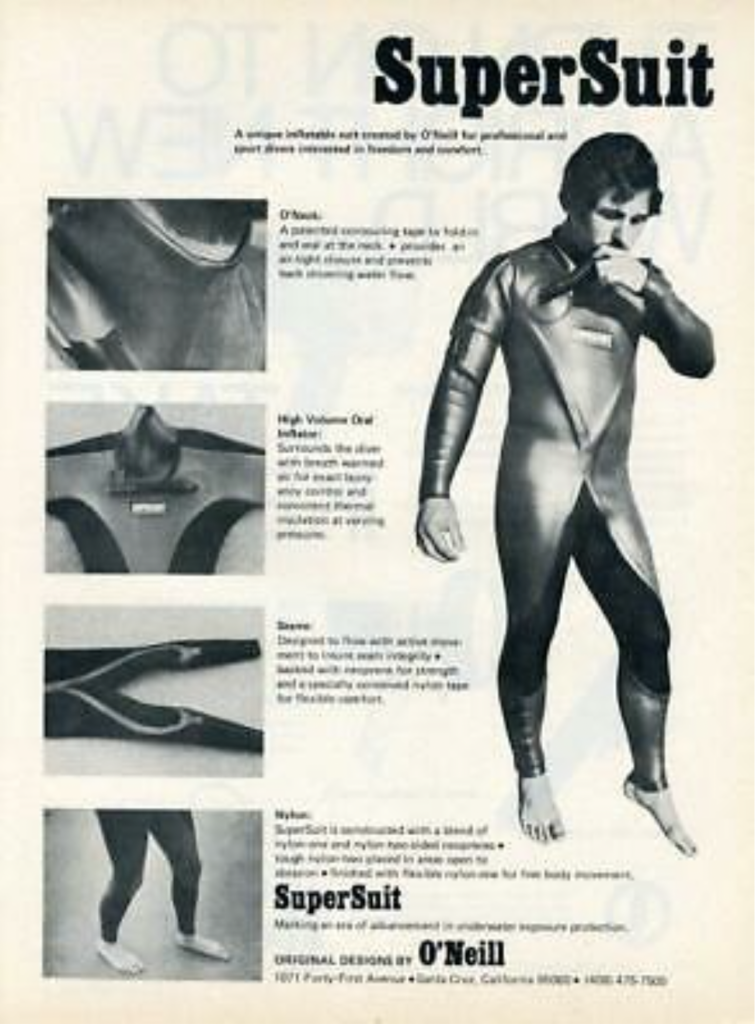
All good so far but here’s the rub: polychloroprene, as you can probably guess, is not a natural product, in fact it’s synthesised from crude oil. Neoprene can also be made from limestone but this is thought to have an equally negative environmental impact as it’s petrochemical brother. Add to this the fact that most of these non-biodegradable garments are made in Asia and then shipped worldwide to schools, camps and retailers and you have a pretty toxic product on your hands.
Wear and tear the wetsuit
Wetsuits used in schools and camps are usually more basic models and are exposed to higher stress through daily use and misuse whereas suits to private individuals usually last longer as they are often left hanging in the closet and only used for particular trips or seasons. However, regardless of how it is used, every westuit has its inevitable expiry date.
Over the course of time the suit will experience wear and tear, the material will stretch, get thinner and start to feel leaky. Holes, tears and seams may open up and let in cold water and this is when most people start thinking about a nice new suit. Small-scale damage and wear can be mended to extend the life of the garment significantly but eventually it will reach a point where further repair is not possible or affordable. Then it’s time to say goodbye to our faithful friend and decide what to do with this worn-out wettie.
Don’t just throw it away!
The life of a wetsuit in most schools, camps and everyday surfers the solution is simply to throw the suit away. For example, clothing company Finisterre estimates that 419 tons of neoprene is simply binned every year in the UK alone. If we extrapolate this to Europe and the world it’s clear we are talking about dumping a serious quantity of petrochemical junk into an already over-burdened system.
Even worse, this kind of waste is usually just incinerated which releases C02 and a whole host of other toxins into the air.
How can we, as supposedly nature-loving surfers, accept such a cycle? Are there alternatives to conventional disposal?
What’s the alternative?
It is estimated that 98% of wetsuits in Europe end up in this sorry state but the good news is there are some people fighting this tide of trash in a positive way by recycling and upcycling neoprene products. Recently lots of small labels have sprung up to use cast-off wetsuits creatively in new products such as wallets, laptop cases, boardbags and even shoes. Check out and support these companies for a start:
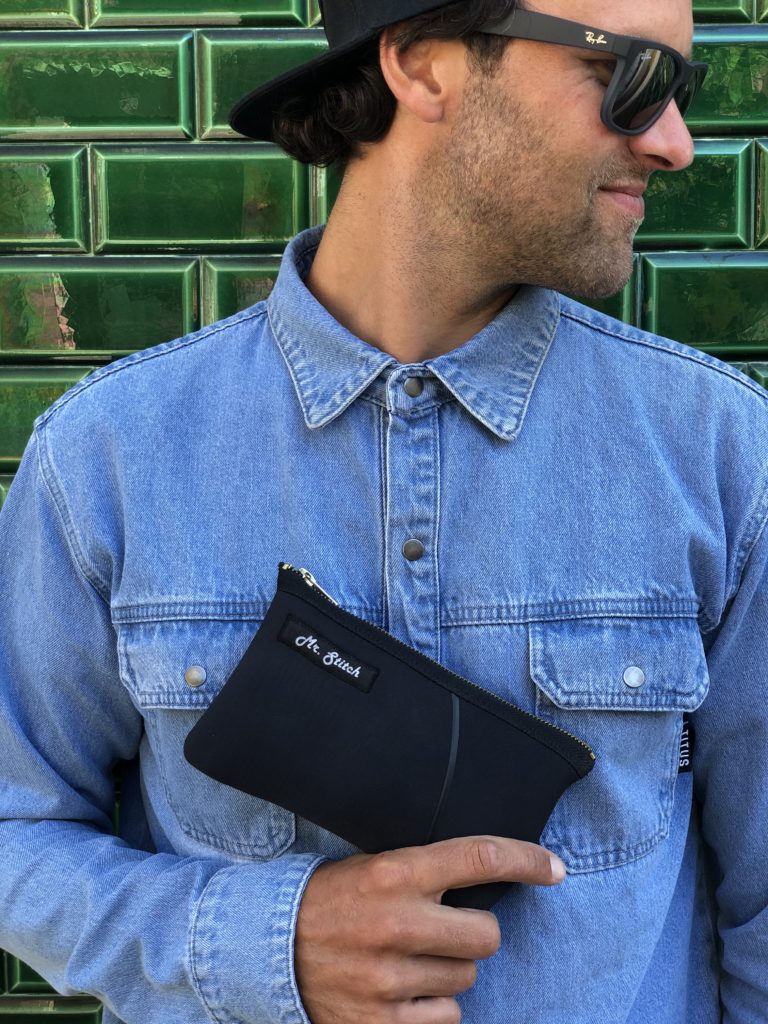
But what can I do?
Another approach is to recycle the neoprene material completely via an industrial process of shredding and re-forming it into new products such as yoga mats, sandals, coasters and playground matting. Suga Mats like to call their process “Wetsuits Reincarnated” and other companies breathing new life into old rubber are Lava Rubber, Terracycle and LandandSea.
Both these methods of salvaging supposed waste are helping to reduce the use of oil-based resources and the environmentally harmful pollution that comes from their disposal. Furthermore they create a route for small-scale “green entrepreneurs” to integrate ecological and social concerns into a sustainable business model- it’s a win-win situation!
These small entrepreneurs are leading the way and already bigger companies in the surf industry are beginning to take notice, in the knowledge that their customers are ever-more environmentally conscious and demanding. Some of the big brands have already introduced a “greener” wetsuit range and Patagonia for example do not use neoprene at all in their suits but a natural rubber called Yulex.
Now it’s your turn to make a change if you want to look after the beautiful natural environments that we live, travel and surf in. It’s all pretty simple really:
First up, extend the life of your suit as long as you can. Always give it a post-surf rinse in fresh water and leave it to dry out of the sun. Don’t buy a new suit as soon as yours starts to show signs of wear. Keep repairing it as long as you can – some companies and organisations even offer free wetsuit repair events. When your suit really is ready to give up the ghost donate it to a local upcycler or industrial recycling scheme.
You can spread the word about wetsuit waste and the alternatives through social media. Pressure local government to set up neoprene recycling schemes alongside the bins for clothes, batteries and bulbs for example. Campaign for the surf industry to lead the way by using alternative materials in their products and provide a way to easily recycle them back into the system. Use the power of your wallet to support the brands you think are doing the right thing. You could even start up you own micro-upcycling project just for fun or as a small side-business. Every little helps!
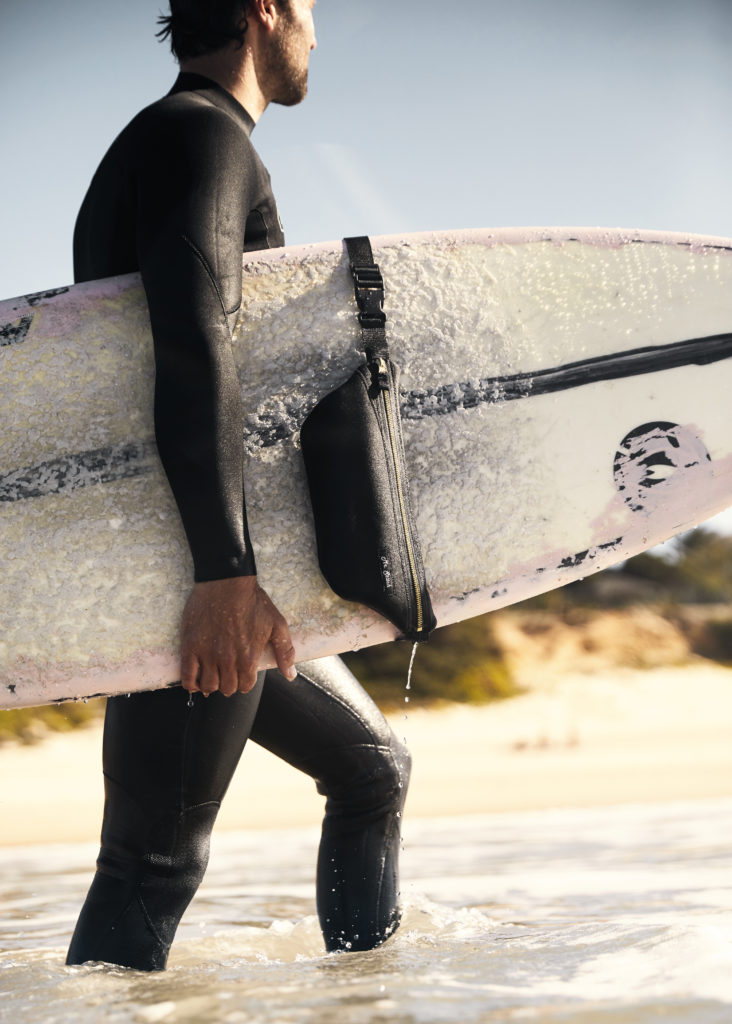
The circle of life
And so, our story of the life of a wetsuit comes full circle – from birth to death to reincarnation. Our neoprene friend needn’t come to a bad end. Do the right thing the next time you buy, use and discard a wetsuit . Be the change you want to see, in the sea.
CATEGORY
12/15/2022
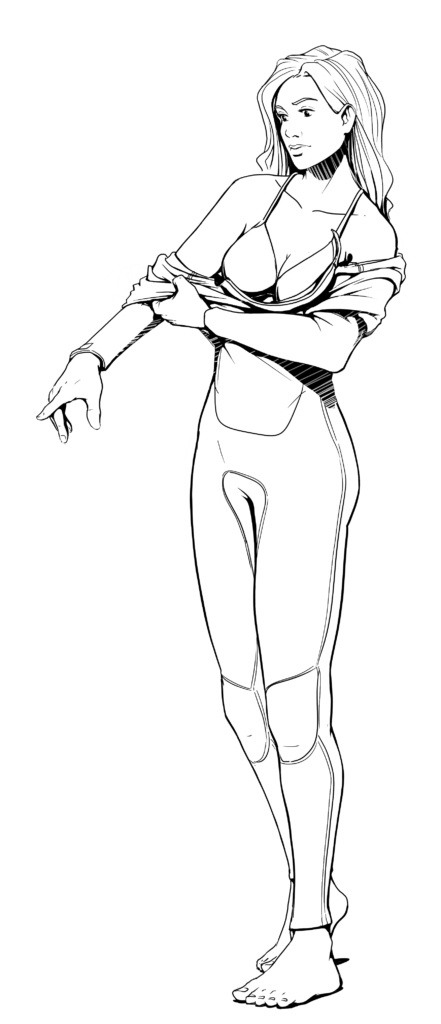

COMMENT LOVE